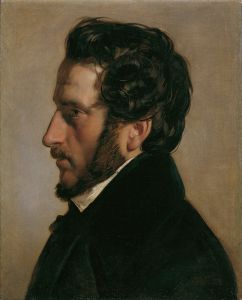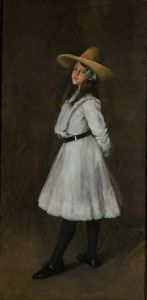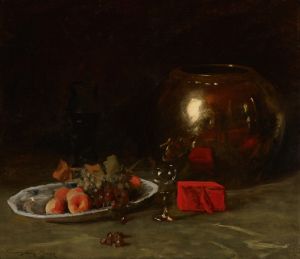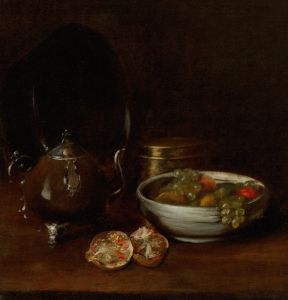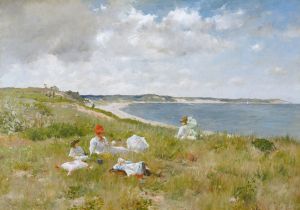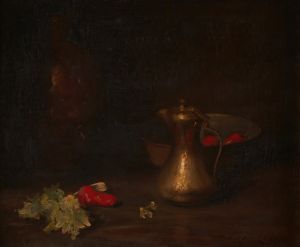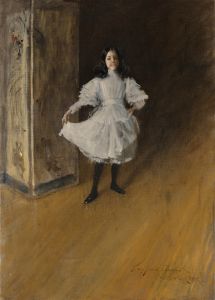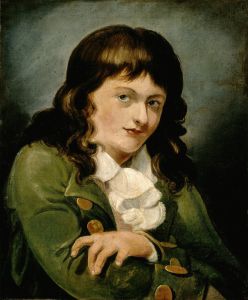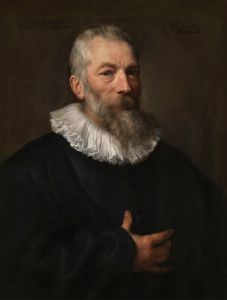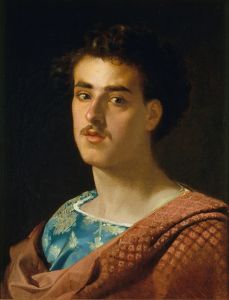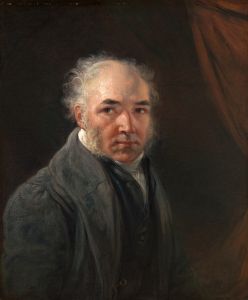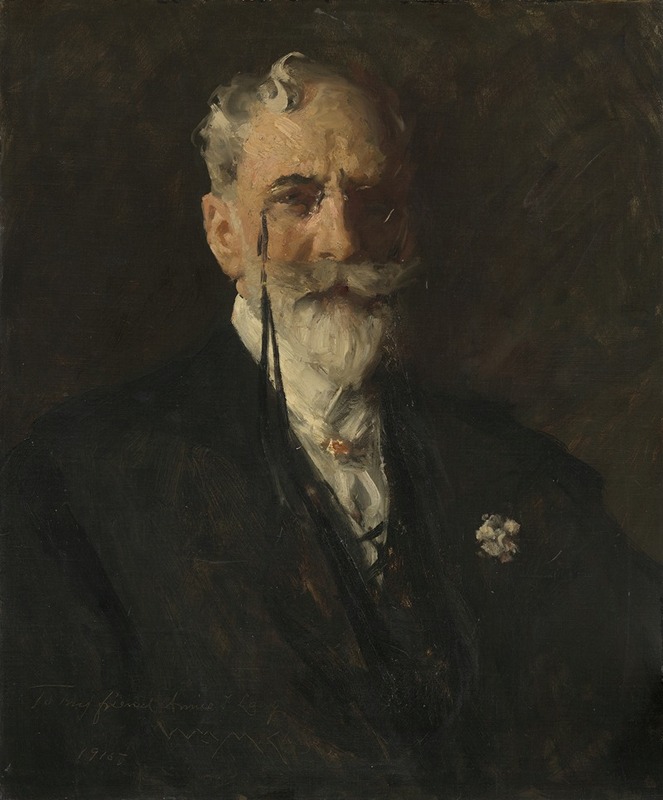
Self-Portrait
A hand-painted replica of William Merritt Chase’s masterpiece Self-Portrait, meticulously crafted by professional artists to capture the true essence of the original. Each piece is created with museum-quality canvas and rare mineral pigments, carefully painted by experienced artists with delicate brushstrokes and rich, layered colors to perfectly recreate the texture of the original artwork. Unlike machine-printed reproductions, this hand-painted version brings the painting to life, infused with the artist’s emotions and skill in every stroke. Whether for personal collection or home decoration, it instantly elevates the artistic atmosphere of any space.
William Merritt Chase was an influential American painter known for his portraits, landscapes, and still lifes. Among his many works, "Self-Portrait" stands out as a significant piece that offers insight into the artist's self-perception and style. Chase was born in 1849 in Williamsburg, Indiana, and he became a leading figure in American art during the late 19th and early 20th centuries. He was a prominent member of the American Impressionist movement and was known for his vibrant use of color and dynamic compositions.
The "Self-Portrait" by William Merritt Chase is a compelling example of his skill in portraiture. Painted in 1915, this work is housed in the Metropolitan Museum of Art in New York City. The painting captures Chase in a confident pose, reflecting his status as an established artist. He is depicted wearing a formal suit, which suggests his professional success and his role as a respected figure in the art world. The background is simple and unobtrusive, allowing the viewer to focus on the artist himself.
Chase's technique in this self-portrait demonstrates his mastery of brushwork and color. The painting is executed with loose, expressive strokes that convey a sense of immediacy and vitality. His use of light and shadow adds depth to the image, highlighting the contours of his face and the texture of his clothing. The color palette is rich yet restrained, with a focus on earth tones and subtle contrasts that enhance the realism of the portrait.
Throughout his career, Chase was known for his ability to capture the character and essence of his subjects, and this self-portrait is no exception. The expression on his face is thoughtful and introspective, suggesting a moment of self-reflection. This introspection is a common theme in self-portraits, as artists often use these works to explore their identity and place within the art world.
Chase's influence extended beyond his own paintings; he was also a dedicated teacher who played a crucial role in shaping the next generation of American artists. He taught at several institutions, including the Art Students League of New York and the Pennsylvania Academy of the Fine Arts. His teaching emphasized the importance of individual expression and the study of nature, principles that are evident in his own work.
The "Self-Portrait" is not only a representation of Chase as an individual but also a reflection of the broader artistic trends of his time. During the late 19th and early 20th centuries, artists were increasingly interested in exploring personal identity and the subjective experience. This painting can be seen as part of this larger movement, as it combines traditional portrait techniques with a modern sensibility.
In summary, William Merritt Chase's "Self-Portrait" is a significant work that encapsulates the artist's technical skill, personal introspection, and contribution to American art. It remains an important piece within the collection of the Metropolitan Museum of Art, offering viewers a glimpse into the life and legacy of one of America's foremost painters.





